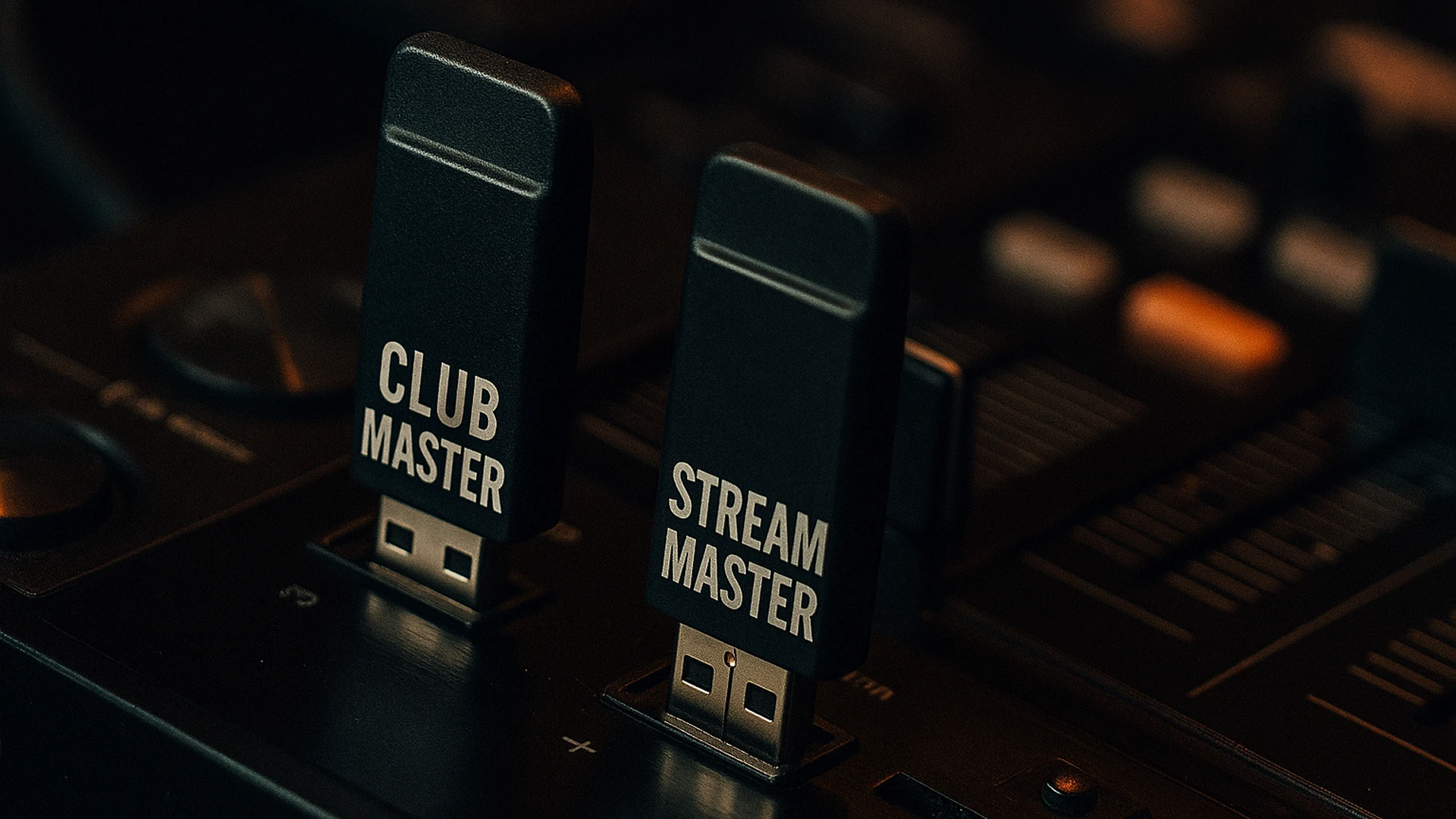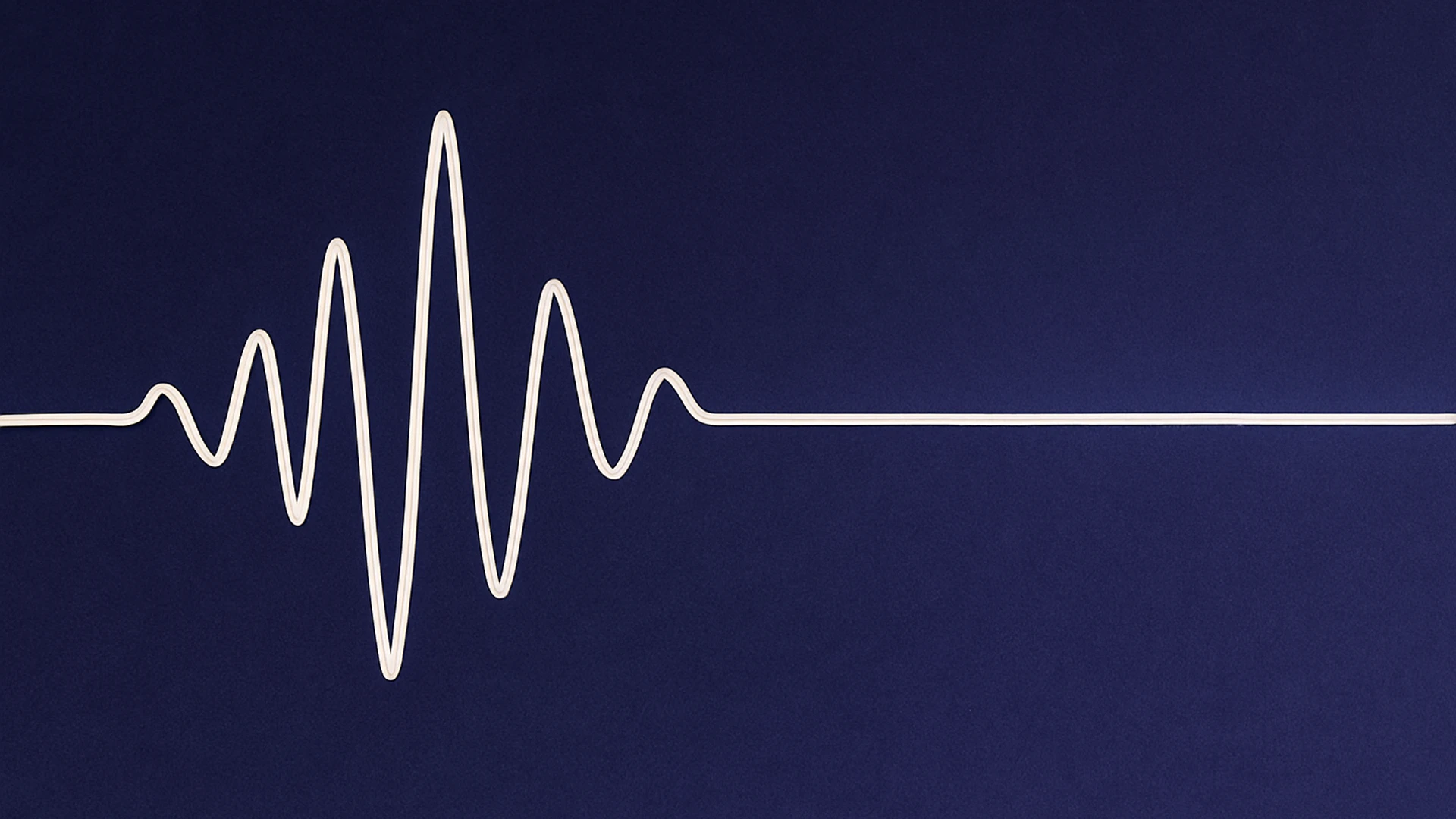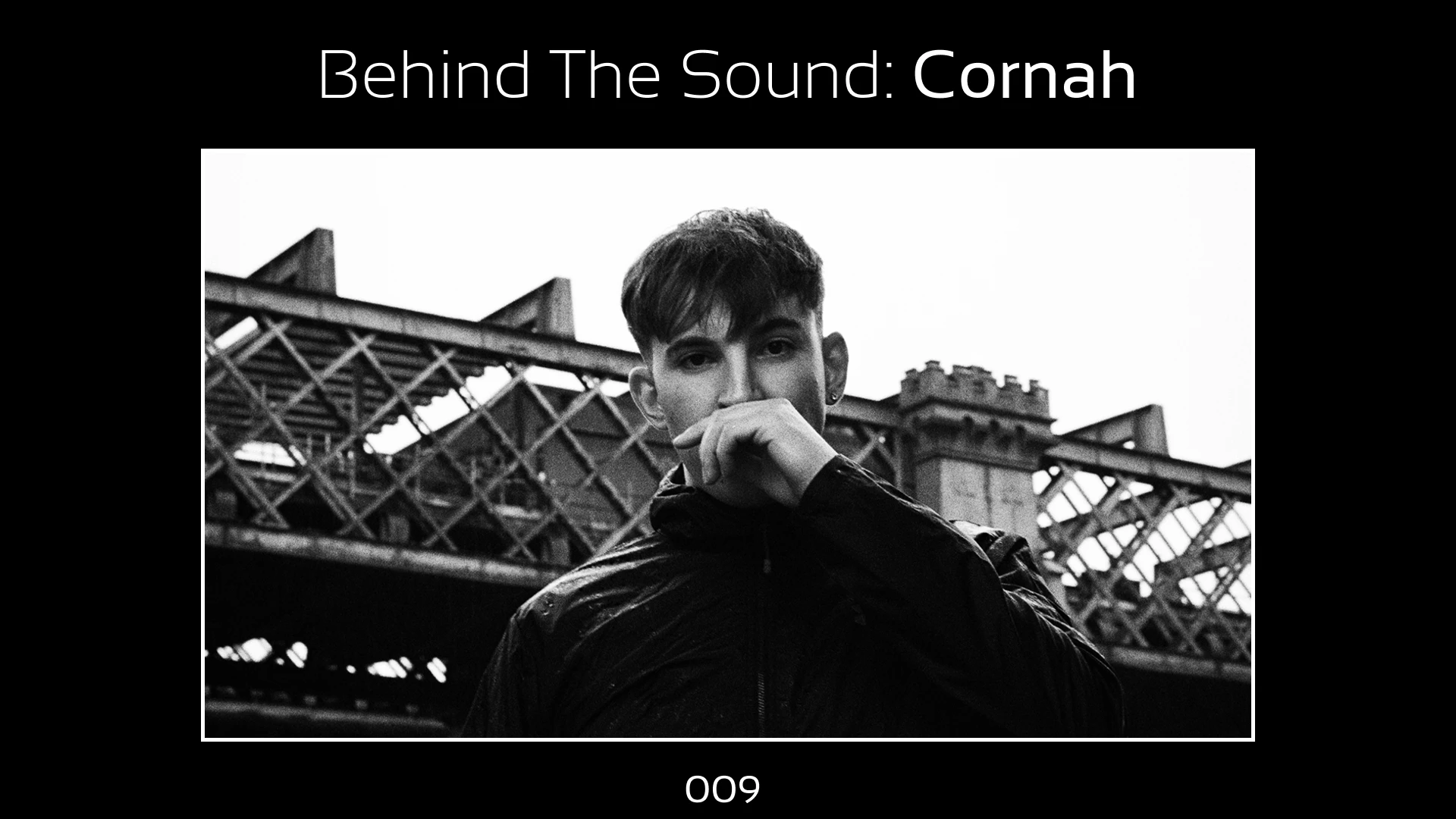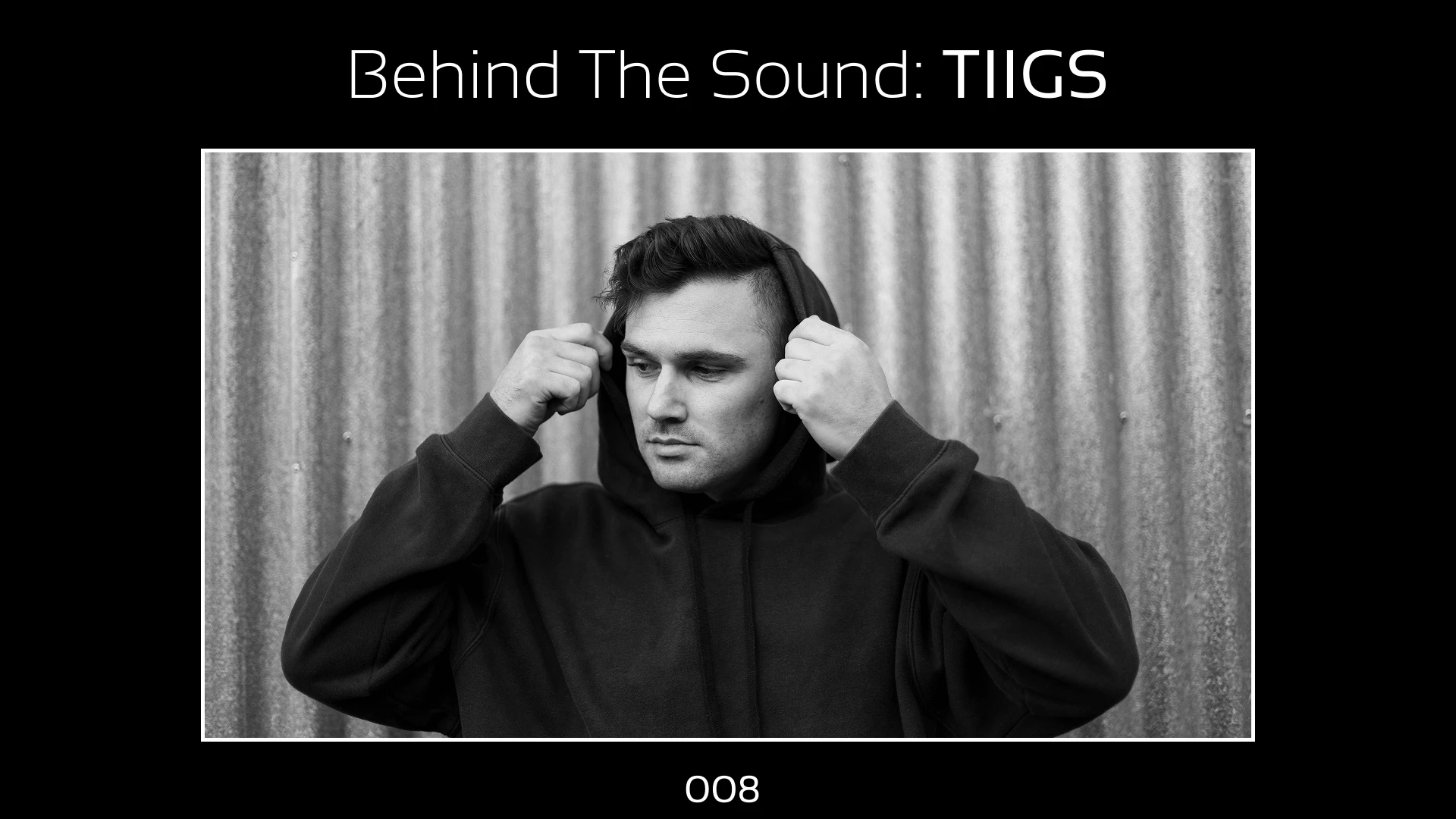What Is Neuroreactive Music? The Future Trend in Dance Music and Club Culture
Discover how AI, wearables, and brain sensors could transform dance music with neuroreactive tech that makes music respond to your emotions in real time.
3 minutes read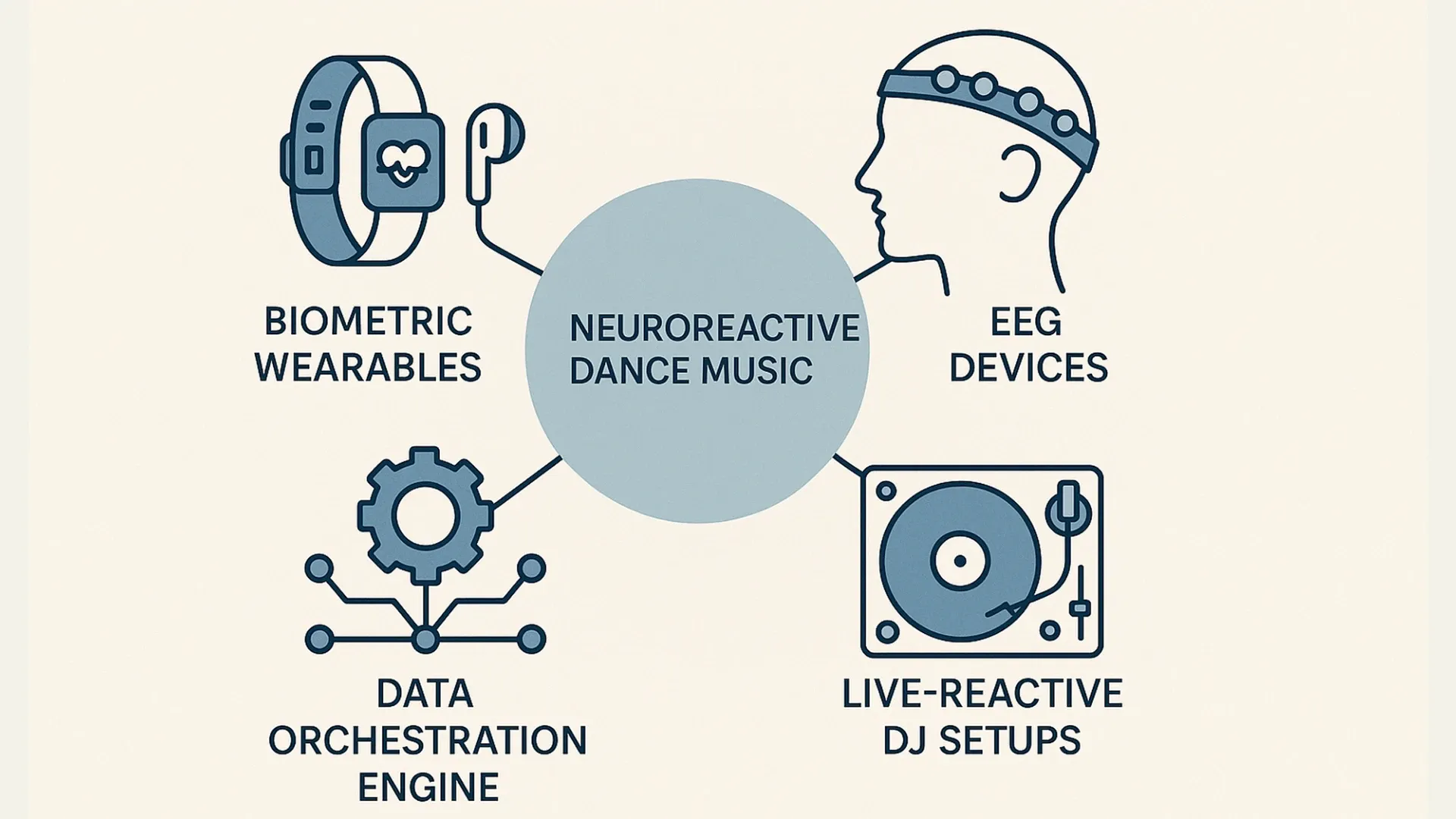
1. Introduction
Neuroreactive dance music envisions a future where electronic soundscapes adapt in real time to physiological and neurological cues from the listener. With recent advances in wearable sensors, biometric tracking, and brain-computer interfaces (BCIs), a new era of responsive club environments is emerging, one in which music doesn't just move people, it moves with them.
2. The Foundation: Wearables and Biometric Input
Modern wearable technology, widely used in fitness and healthcare, is rapidly being adopted in creative domains. Devices that track heart rate, galvanic skin response (GSR), breathing rate, and physical motion are already being integrated into live performances and interactive installations (Seçkin et al., 2023). These inputs provide a rich, real-time stream of emotional and physical states that can be translated into musical modulation.
3. From Sensors to Sound Systems
Biofeedback has already been used to modulate ambient compositions and generative music systems, adjusting tempo, harmony, and intensity based on biometric cues (Krakovsky et al., 2023). These technologies provide the framework for neuroreactive environments, where club systems might shift in rhythm or texture in response to collective crowd states, ramping up during excitement or smoothing out during moments of fatigue.
4. EEG and Brain-Computer Interfaces
Consumer-grade EEG headsets now allow access to real-time brainwave data, capturing levels of focus, stress, and emotional arousal. Studies on BCIs have shown their potential in shaping music that adapts to neural input, enabling experiences that reflect users' cognitive states (Marchegiani et al., 2022). In experimental systems, brain activity has even been used to control parameters like pitch, density, and musical phrasing, opening new possibilities for live DJing or AI-assisted production.
5. The Neuroreactive Club: A Hypothetical Blueprint
A full neuroreactive music environment might include:
Biometric wearables: For crowd-level monitoring of heart rate, movement, and stress signals.
EEG devices: Optional headsets to capture brainwave patterns in immersive installations.
A data orchestration engine: Software to aggregate and process signals into musically meaningful commands.
Live-reactive DJ setups: Allowing performers to respond (or defer control) to collective emotional trends.
Such systems would allow clubs and raves to become adaptive organisms, tempo surging with adrenaline, tones shifting in sync with mood, lights and visuals calibrated to emotional energy.
6. Technical and Ethical Challenges
Several concerns come with the implementation of neuroreactive systems. Signal noise, sensor unreliability, and motion artifacts still challenge real-time applications (Seçkin et al., 2023). Ethical issues are also critical: biometric and neural data are deeply personal, requiring clear opt-in frameworks, strict anonymisation, and protection against misuse. There is also a creative tension, balancing automated reactivity with the artist’s vision and control.
7. Cultural Implications
As biometric feedback becomes more integrated into music culture:
Clubs may evolve into bio-sensory experiences, offering radically immersive interactions.
DJs could perform with real-time audience states in mind, creating feedback-driven sets.
New artistic roles may emerge: techno-anthropologists, data DJs, or neural visualists, combining engineering and performance.
The shift toward personalised sound could redefine notions of audience agency and community in shared musical spaces.
8. Conclusion
Neuroreactive dance music sits at the forefront of artistic and technological experimentation. Rooted in real-time biometric sensing and brain-computer interfacing, it offers a glimpse into future clubs where music flows from the collective nervous system. As the tools mature and ethical frameworks evolve, such immersive sonic environments may become the norm turning dance floors into sentient, responsive spaces of sound, emotion, and connection.
References
Seçkin, B. et al. (2023). Review on Wearable Technology in Sports: Concepts, Challenges, and Opportunities. Applied Sciences, 13(18), 10399. https://www.mdpi.com/2076-3417/13/18/10399
Krakovsky, Y. et al. (2023). AffectMachine-Classical: Real-Time Emotion-Responsive Music Generation. arXiv preprint arXiv:2304.04915. https://arxiv.org/abs/2304.04915
Marchegiani, L. et al. (2022). BEAMERS: Biometric Emotion-Aware Music Environments for Real-time Self-Regulation. arXiv preprint arXiv:2211.14609. https://arxiv.org/abs/2211.14609
